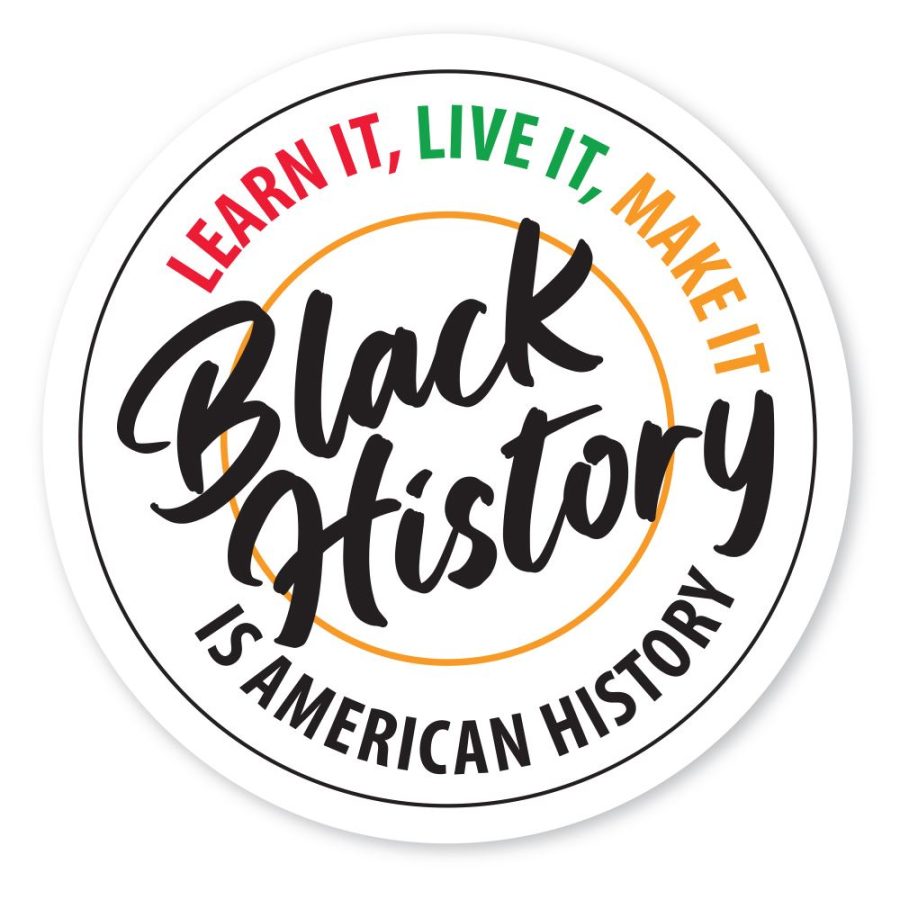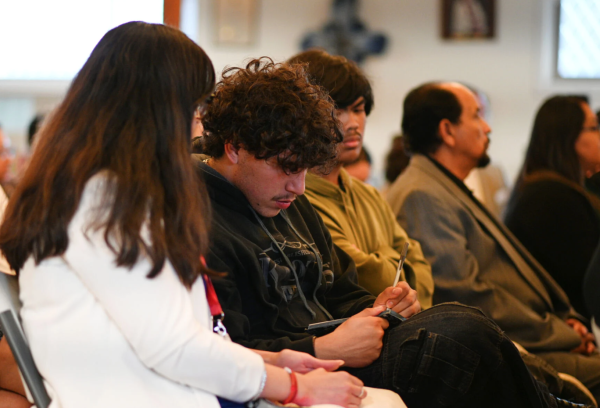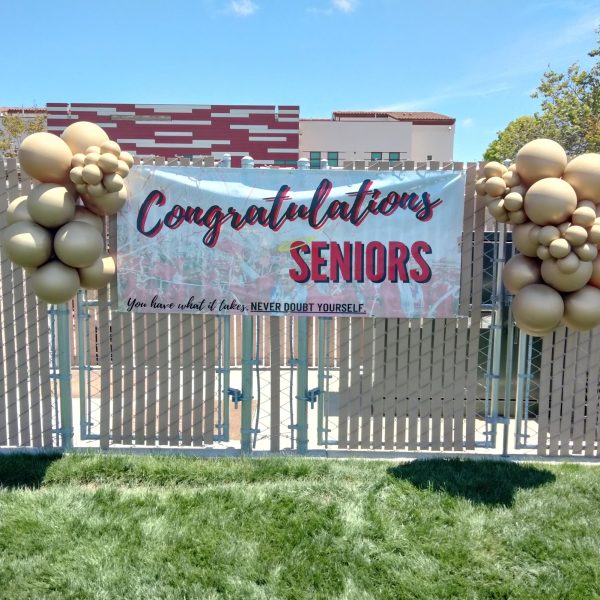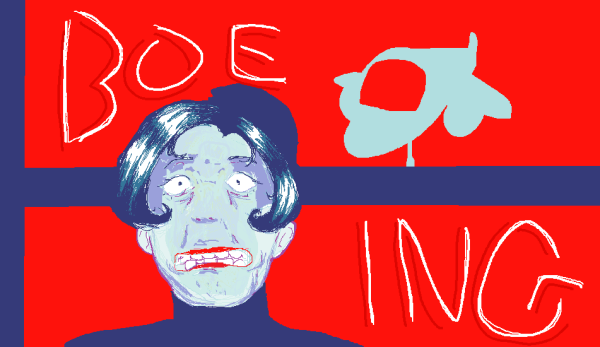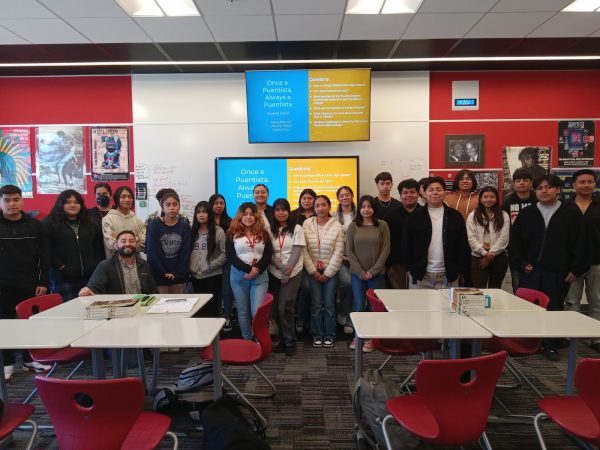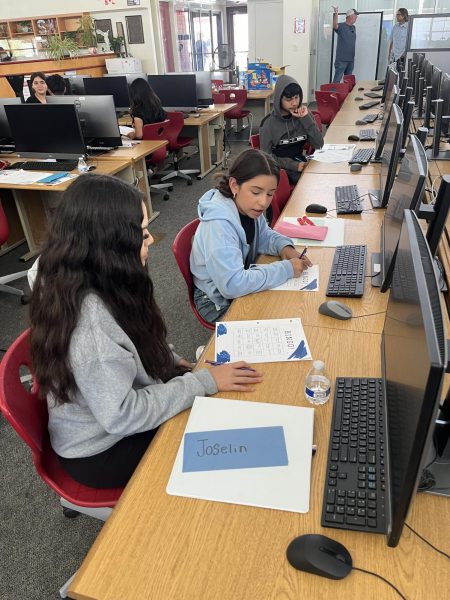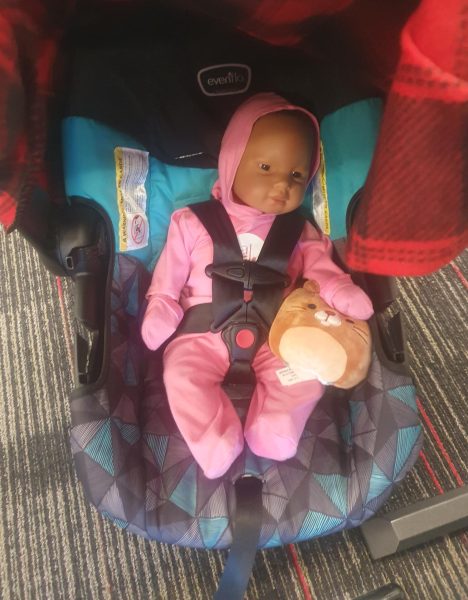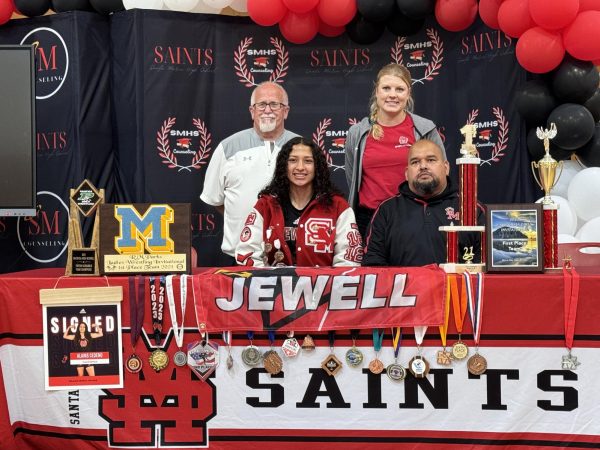February is Black History Month and SMHS
The Black Student Union would like to Welcome you to Black History month. Black History Month was created in 1926 in the United States, when historian Carter G. Woodson and the Association for the Study of Negro Life and History announced the second week of February to be “Negro History Week”. Today we have expanded it to a full month to celebrate the beauty and achievements of Black people.
The Santa Maria High BSU is a part of the United Black Student Union of California – Southern Region. The goals of the BSU are to promote the black culture, cultivate leadership, to encourage young adults to make meaningful contributions to the community, and to aid these students in preparing for college and careers. The United Black Student Unions of California has a 45 year history of providing leadership and motivational activities for high school students in Northern, Central, and Southern California regions. High school Black Student Unions send student delegations to highlight their BSUs through learning about college admission, political and social trends, networking, and personal, academic, and character development.
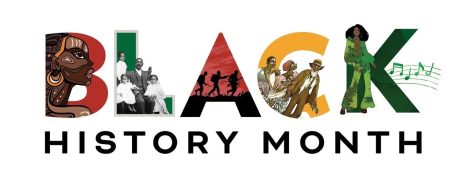
From Wikipedia:
Background
In the 1960s, the passage of the Civil Rights Act of 1964 required a census of all postsecondary education institutions in the United States. The census identified students by race or ethnicity, revealing the low number of Black students attending predominantly white colleges and universities, and stated that federal funding would be withheld from educational institutions that did not meet the Act’s equal opportunity requirements. The subsequent Higher Education Act of 1965 expanded the availability of financial aid to students seeking higher education, benefiting Black students more than any other group. Affirmative action programs at the campus level additionally increased Black enrollment at many colleges. African American college enrollment doubled between 1964 and 1970, with the greatest proportion of the increase occurring at predominantly white colleges and universities.[3]
The admission of greater numbers of Black students by predominantly white colleges and universities did not equate to social acceptance of those Black students. Racial hostility toward Black students was common on college campuses, with white students and professors challenging their intellectual abilities and their right to attend college. In response, many Black students organized demonstrations to protest discriminatory policies at their schools, and worked to build academic and social support systems for themselves and other Black students at predominantly white colleges and universities.[3]
This alienating environment, combined with the rise of the Black Power movement, influenced the creation of Black Student Unions on the campuses of predominantly white colleges and universities.[4]
History
The first Black Student Union began at San Francisco State College in March 1966, three months before Stokely Carmichael popularized the slogan “Black Power” and seven months before the Black Panther Party was founded.[2] Initially founded in 1963 as the Negro Student Association, the group was transformed after the arrival of a former Freedom Rider named James Garrett,[5] and the SF State Black Student Union became the inspiration for more than 1,000 other Black Student Unions (under various different names) across the United States.[2] During the winter of 1968–1969, the organization led a student strike during which more than half of the 18,000 students at the college skipped classes to hold daily demonstrations.[6] Over the next year, a Black Student Union presence was established at every California State University campus.[7]
The concept spread north to the University of Washington, where a Black Student Union was founded in 1967. A BSU protest campaign successfully led to racial reforms within the university, and the group’s broader organizing led to the formation of another BSU at Washington State University.[8]
A Black Student Union was officially formed at Mills College in May 1968, claiming to be “first Black Student Union at a women’s college in the West” and announcing an intent to “disrupt the activities of the college” unless the school hired two African American professors and a counselor.[9]
Effects
According to Ibram X. Kendi, the existence of the field of Black studies in higher education in the United States is a direct result of advocacy by Black Student Unions.
For more information about our own BSU chapter, please see Ms. Washington in the MMLC or check out the club page here.
Your donation will support the student journalists of Santa Maria High School. Your contribution will allow us to purchase equipment and cover our annual website hosting costs.


